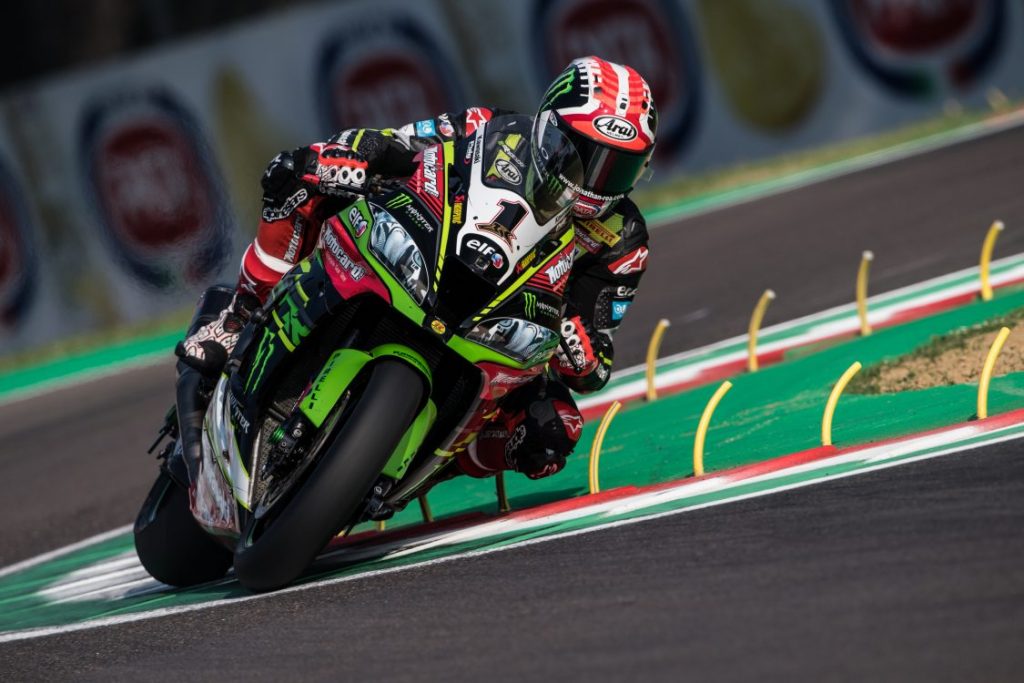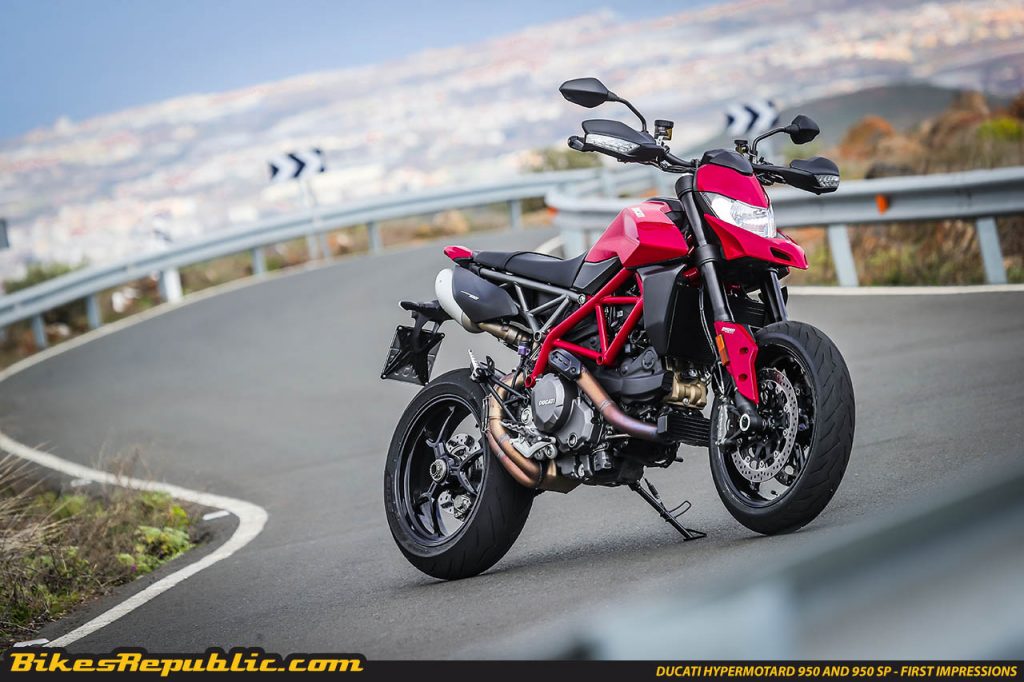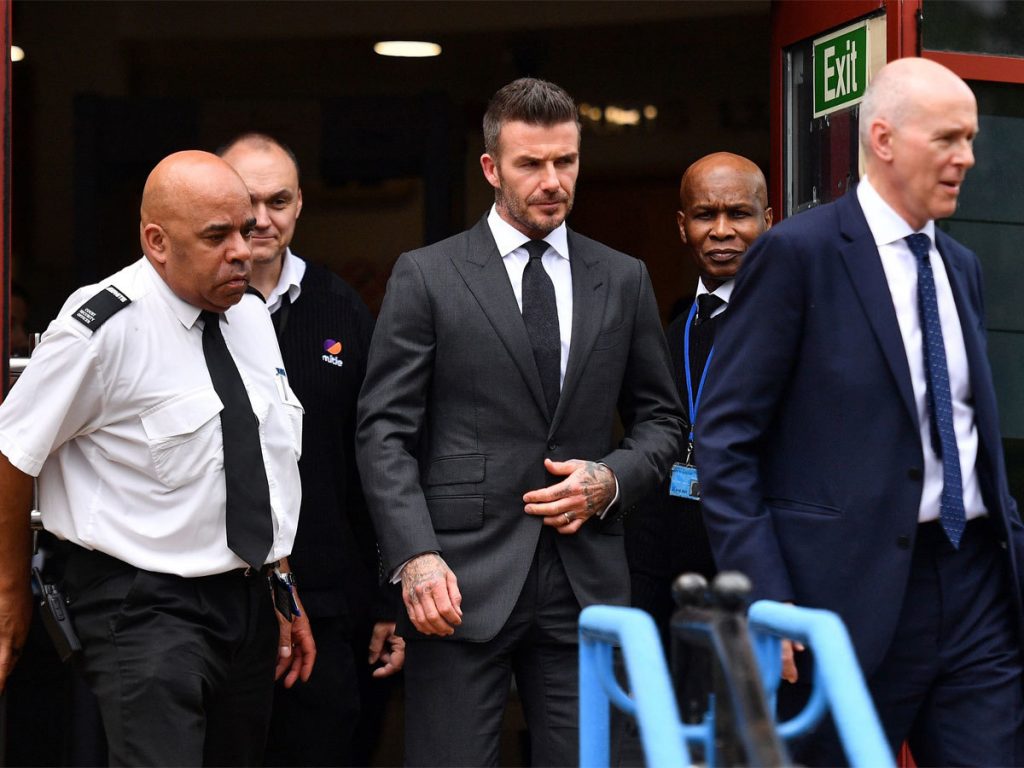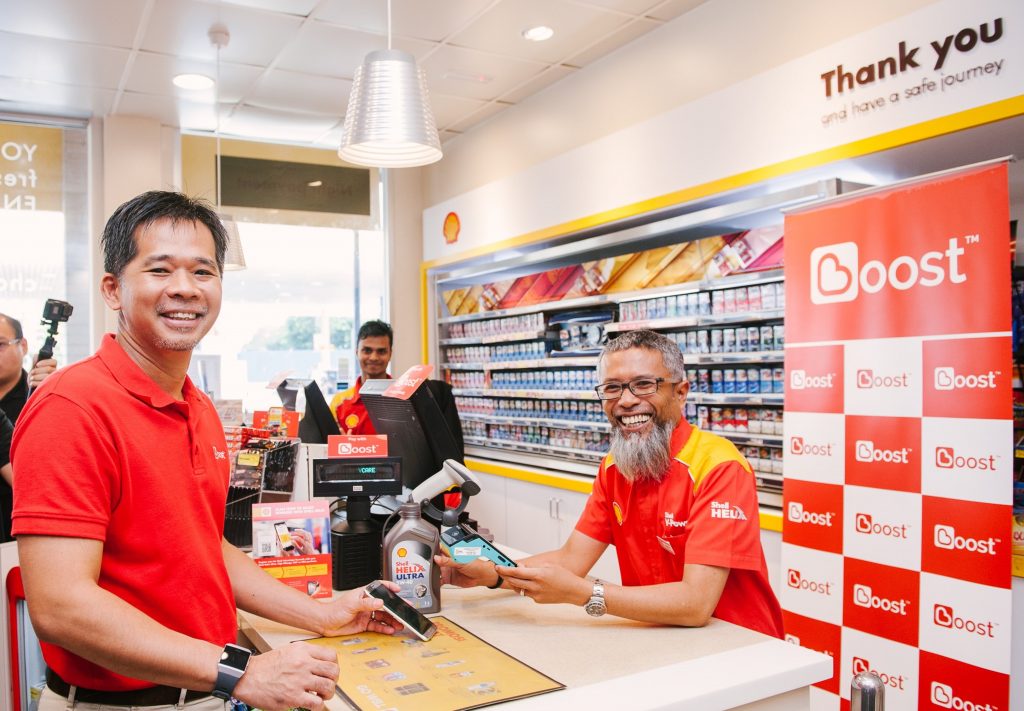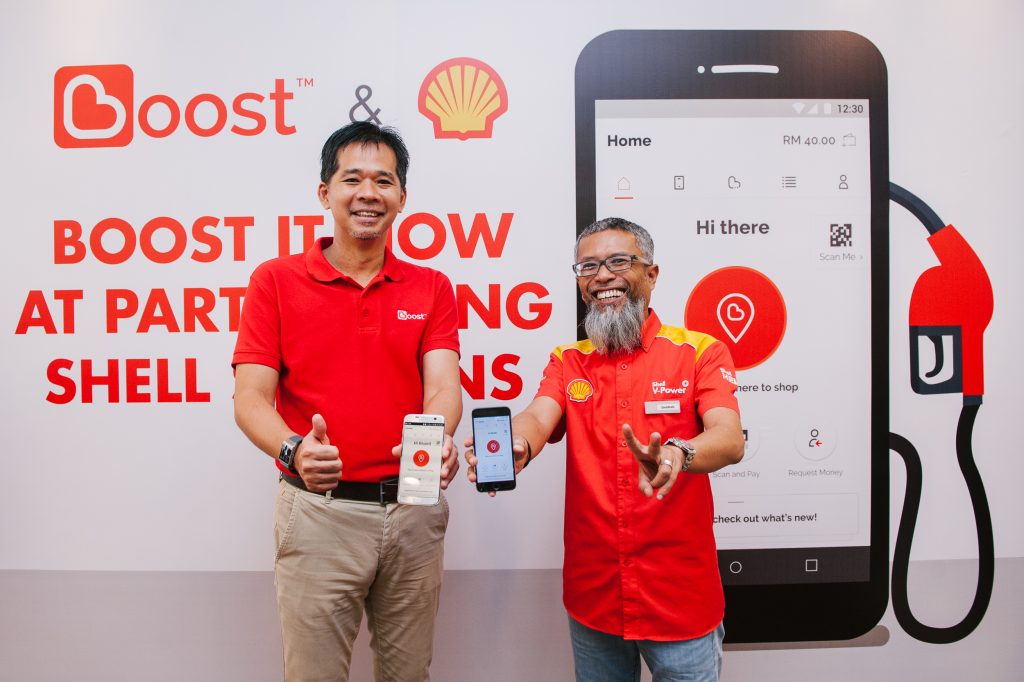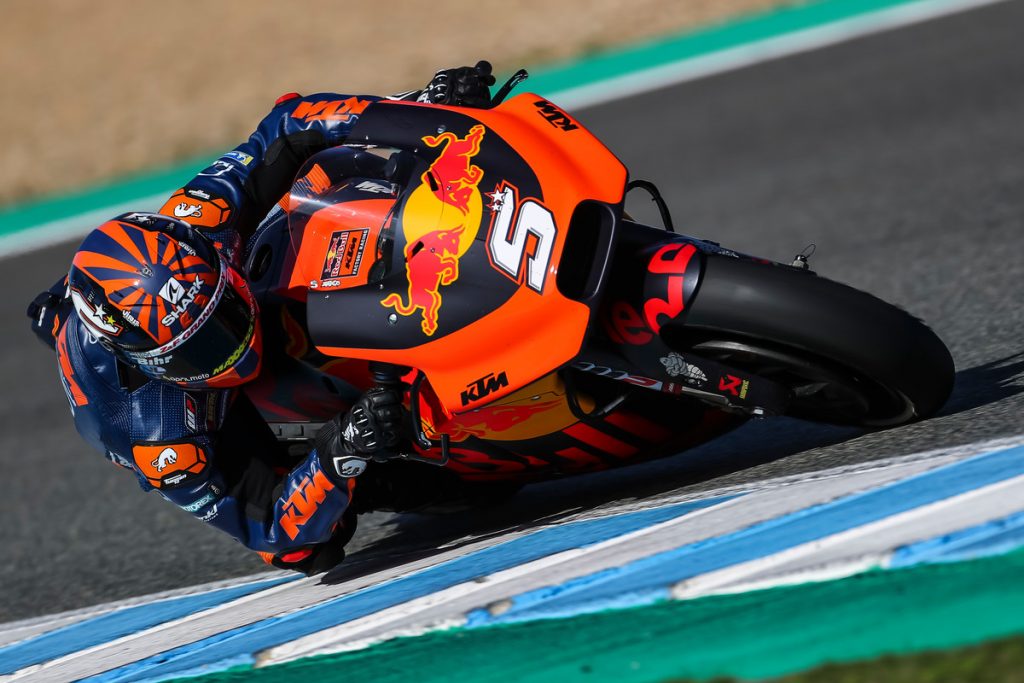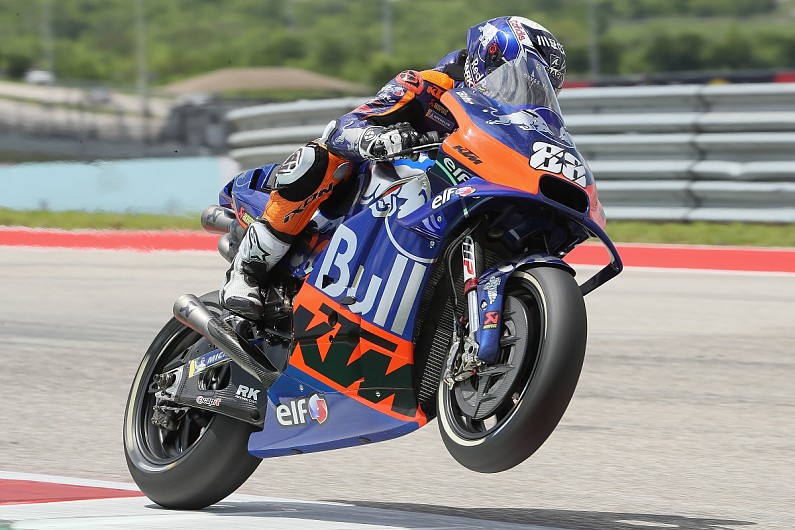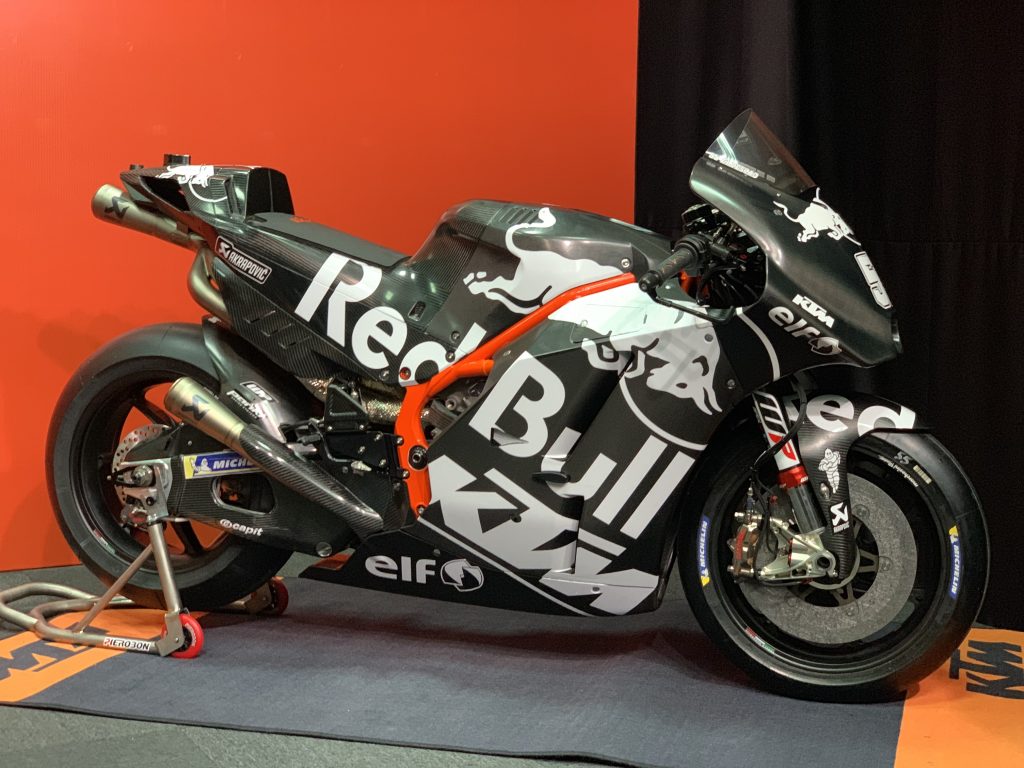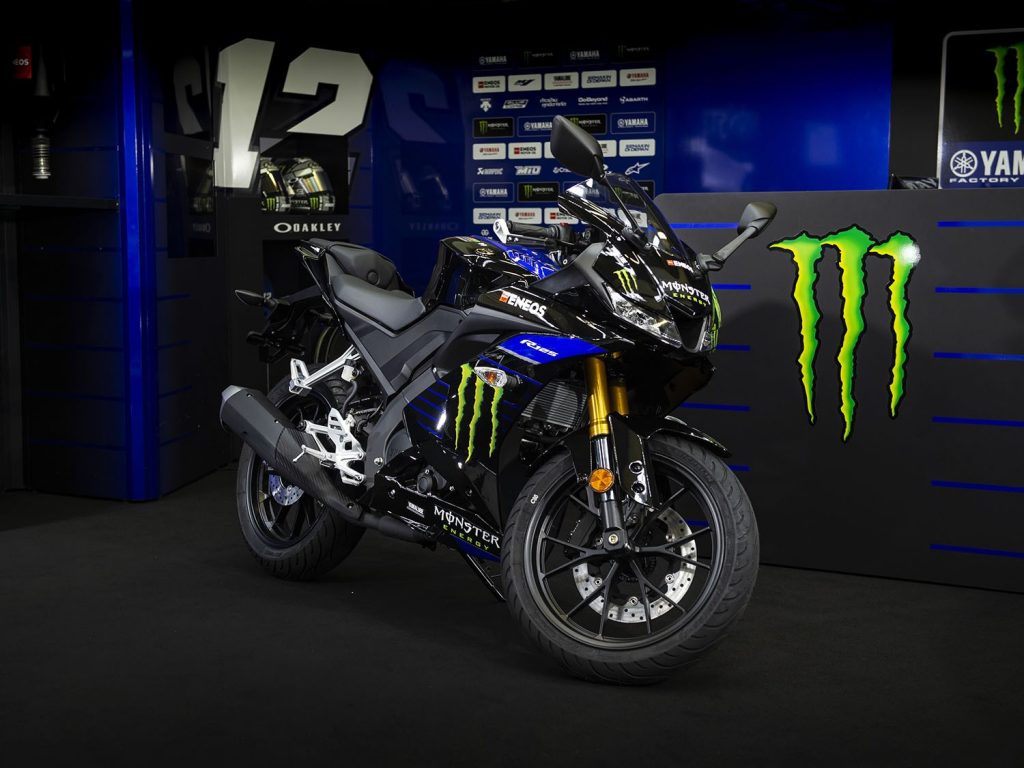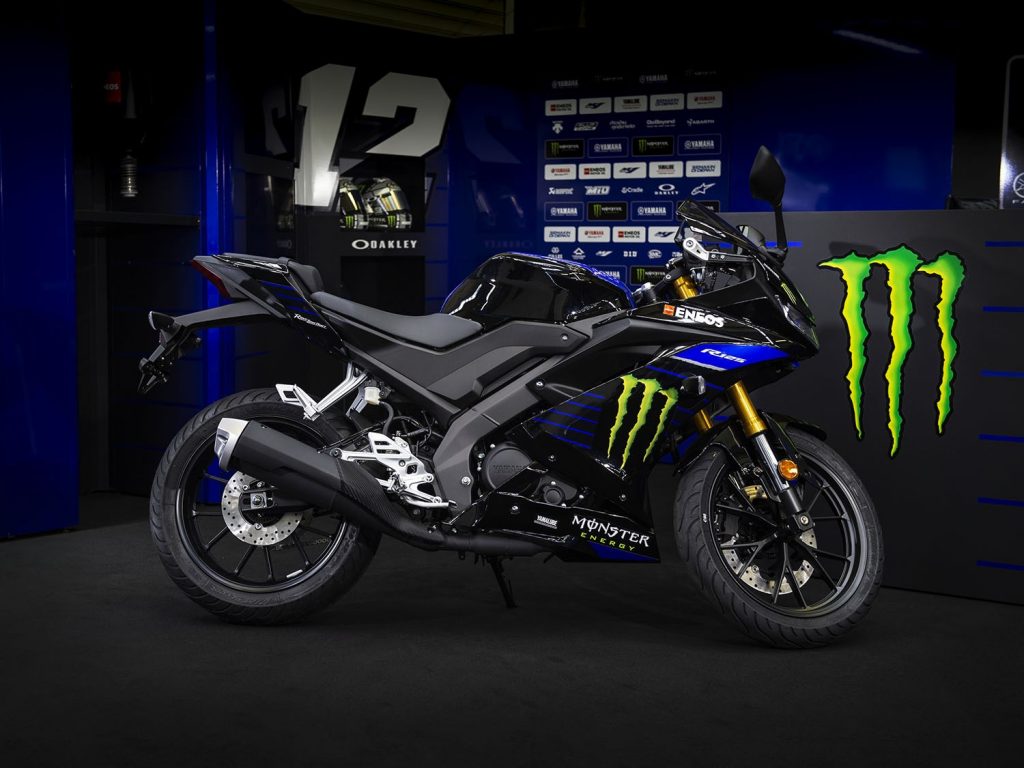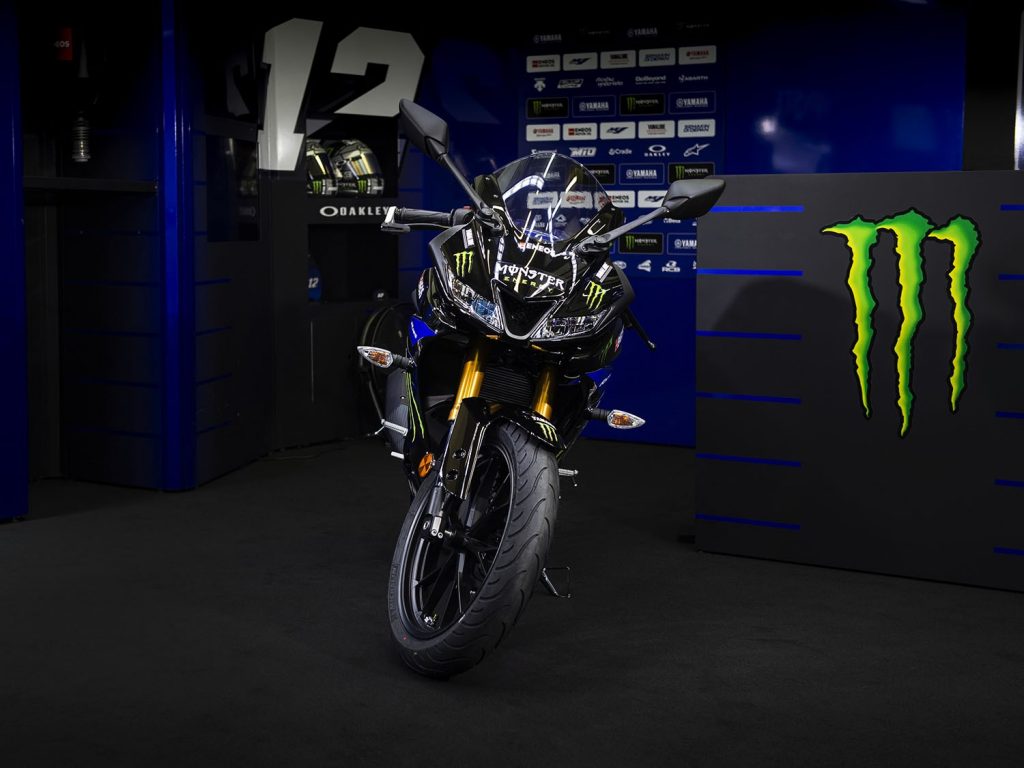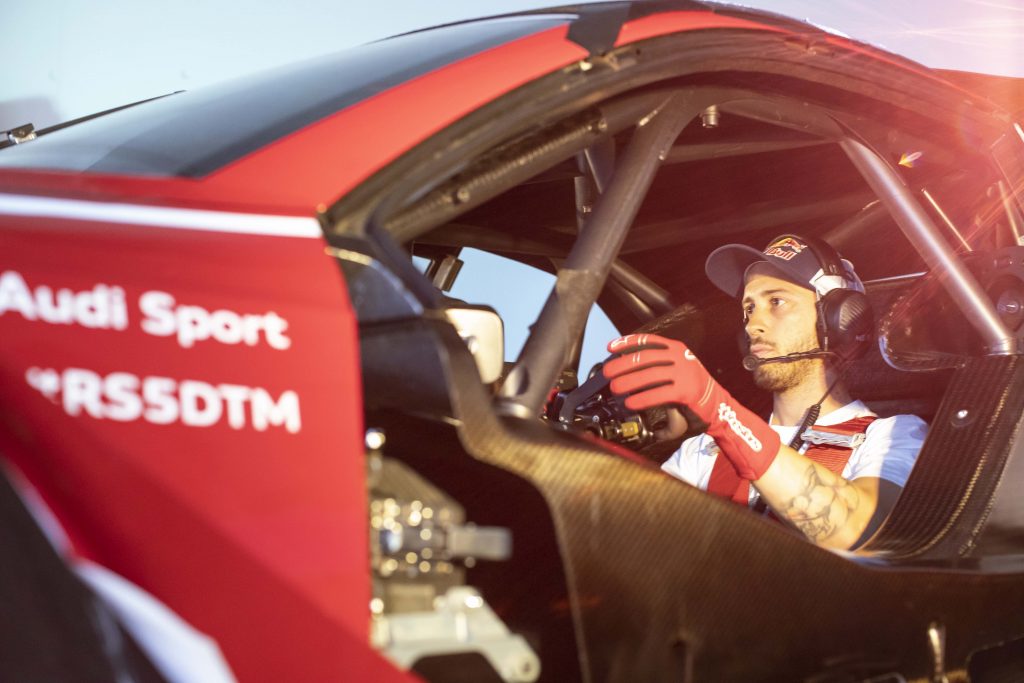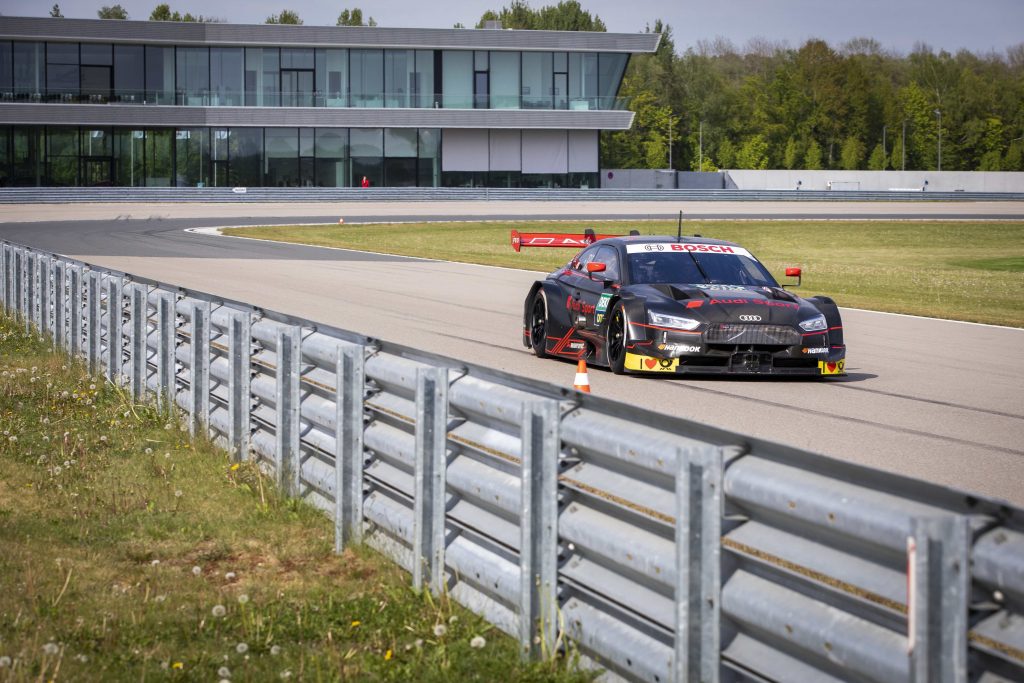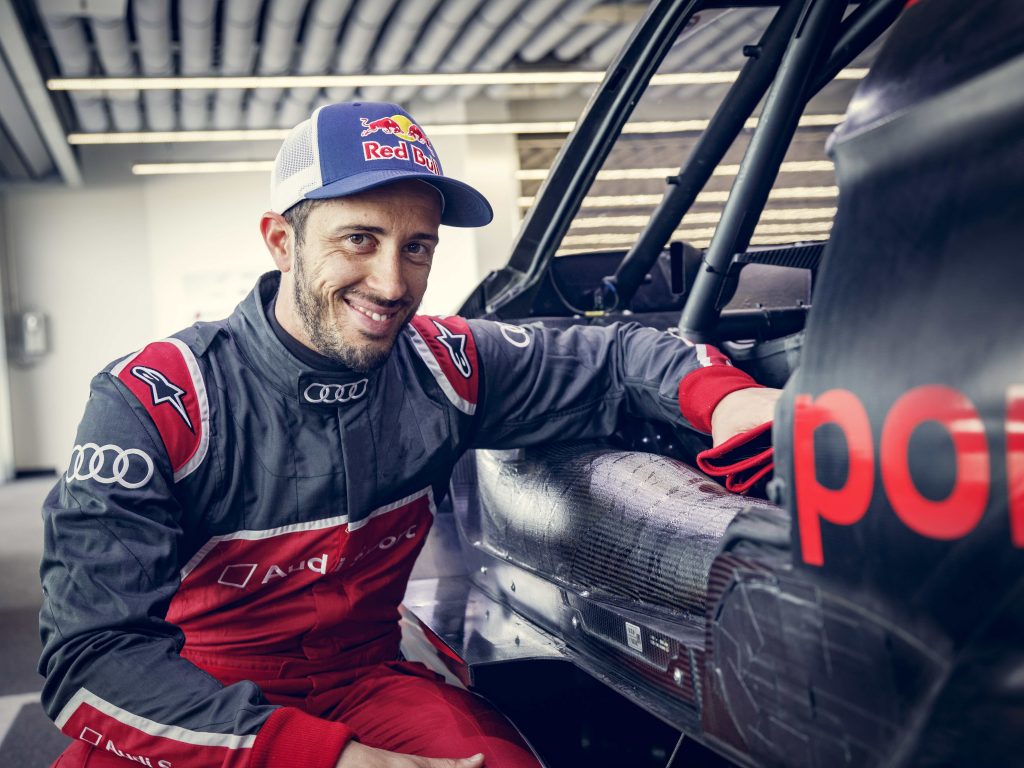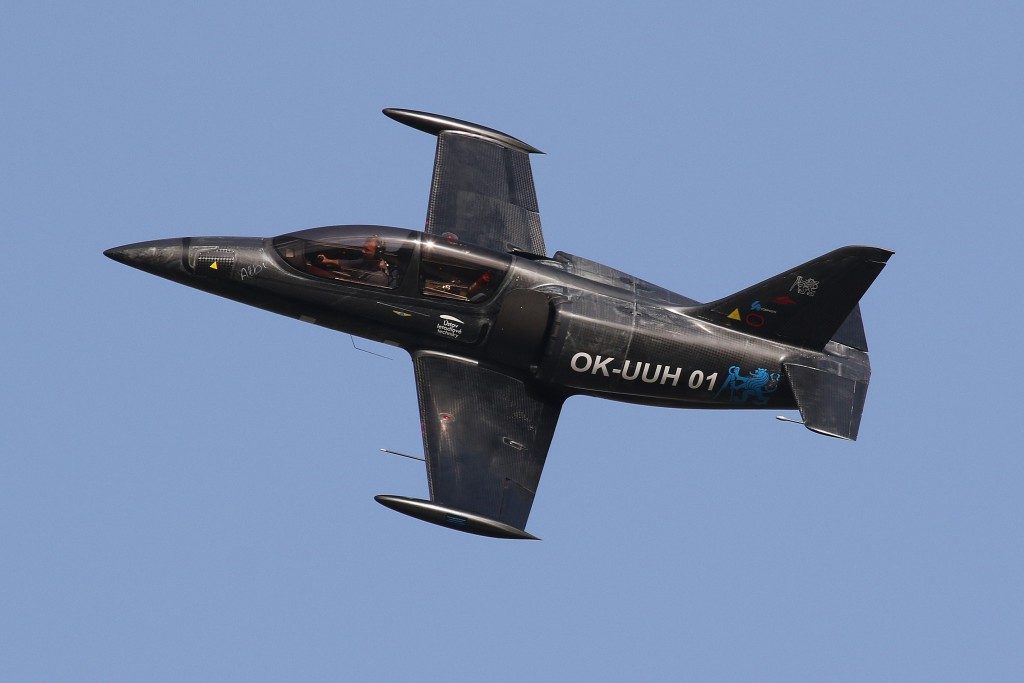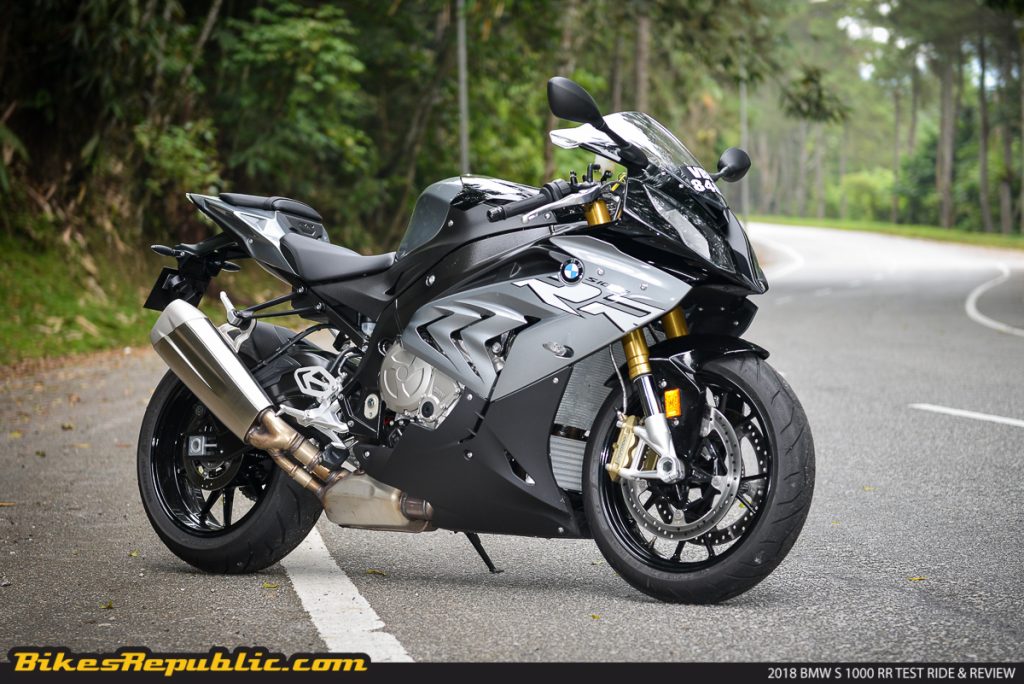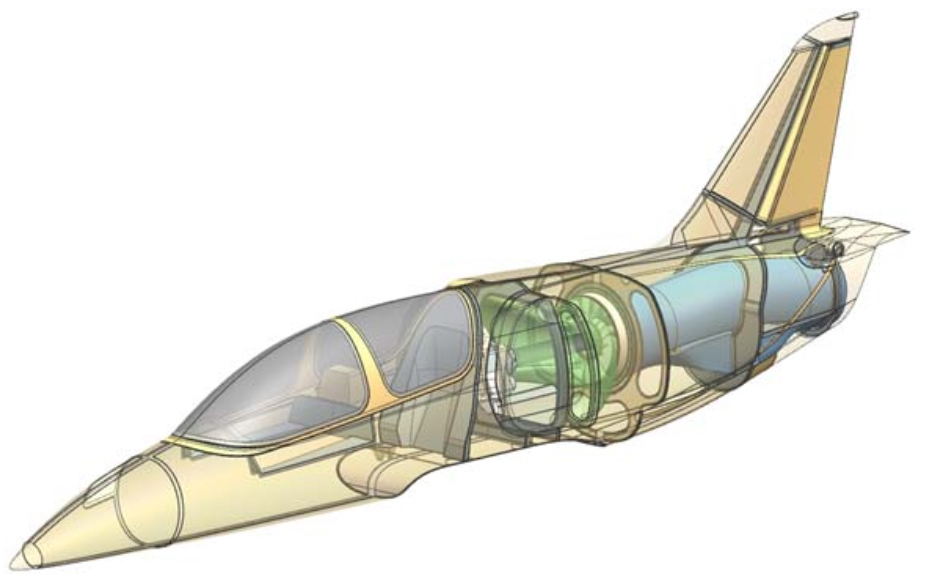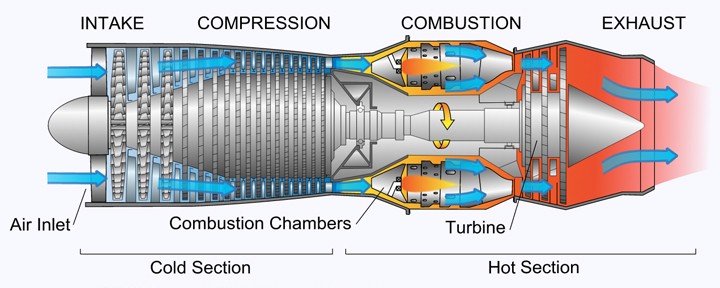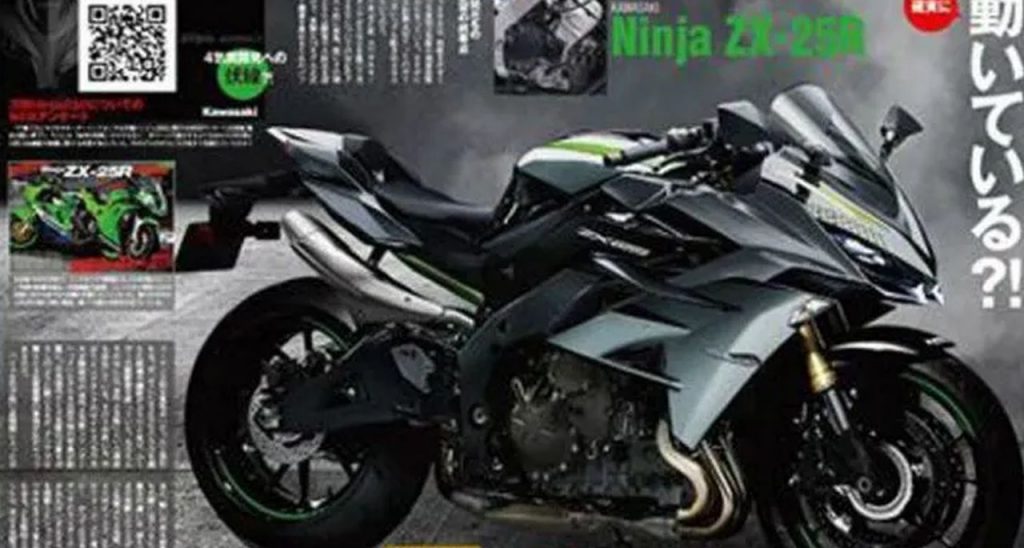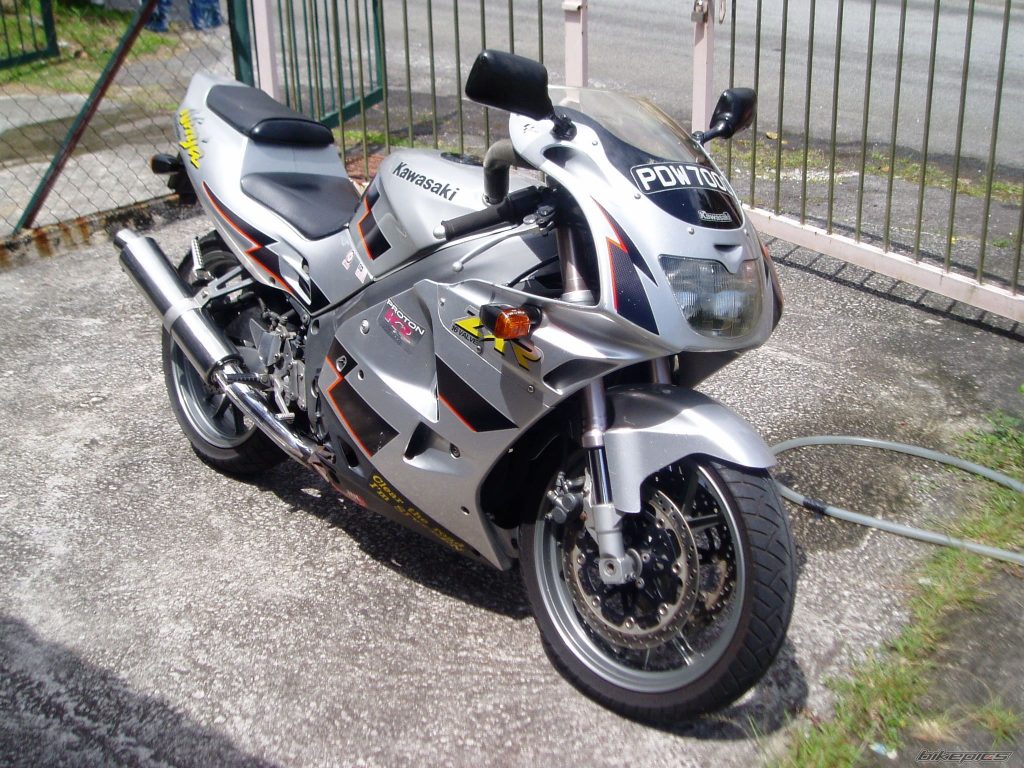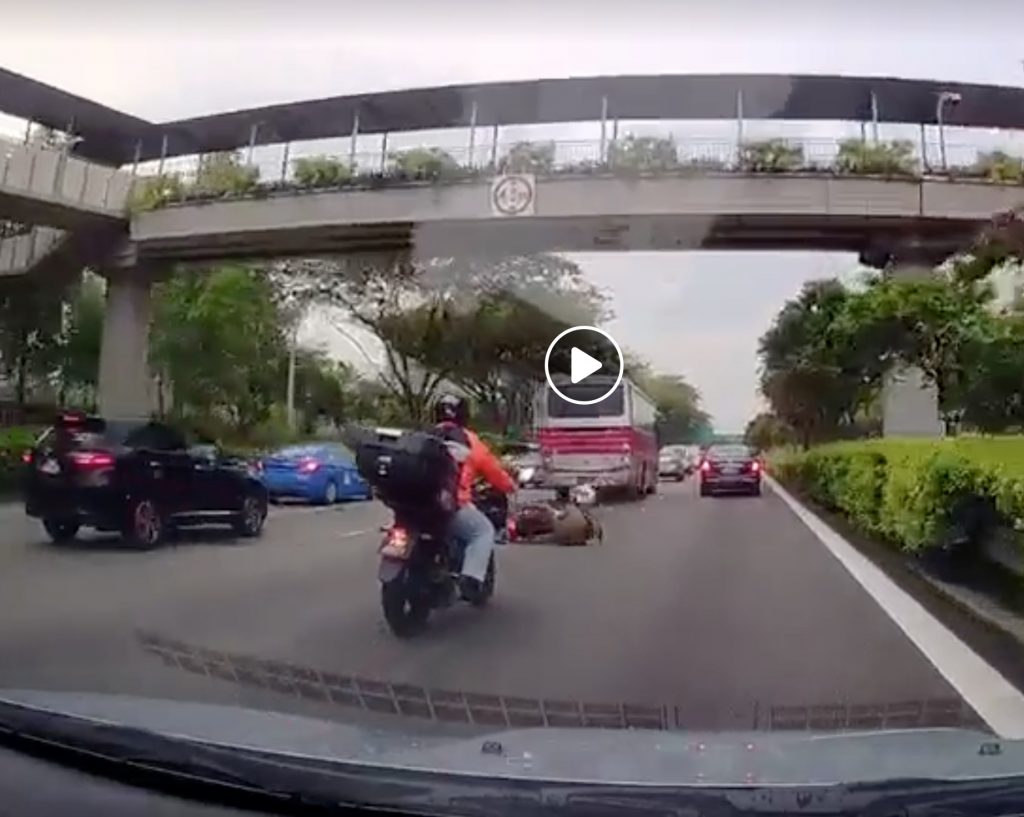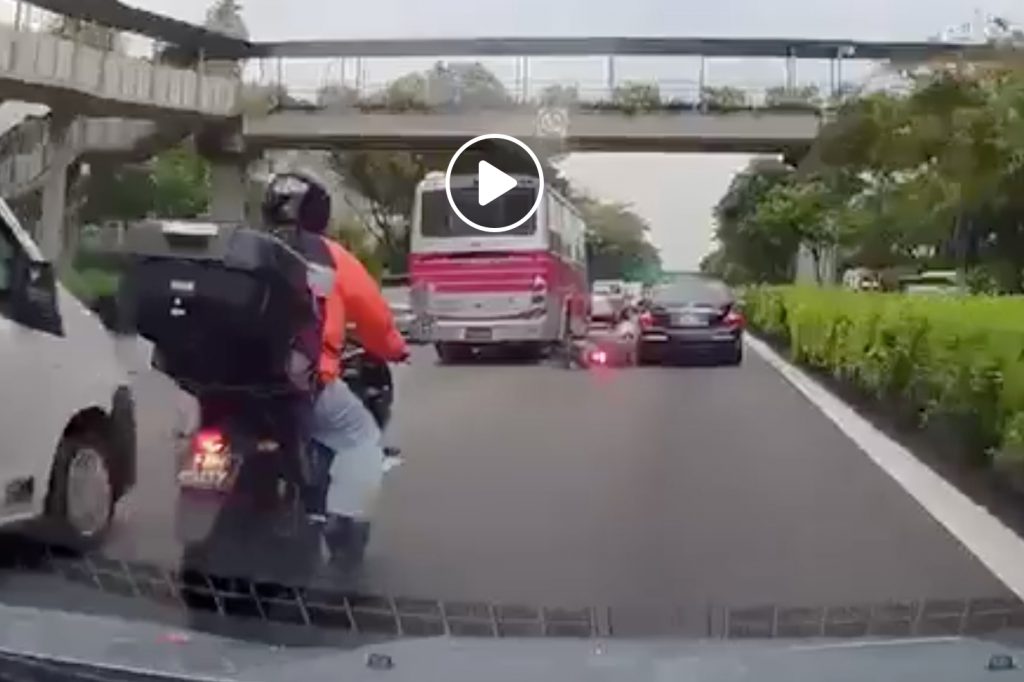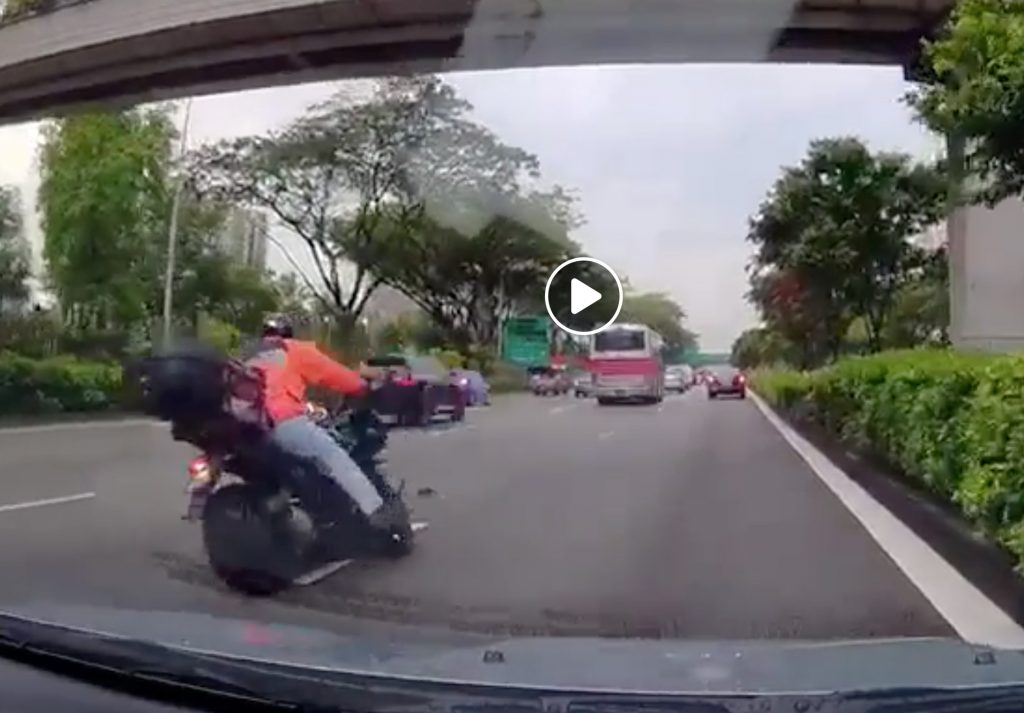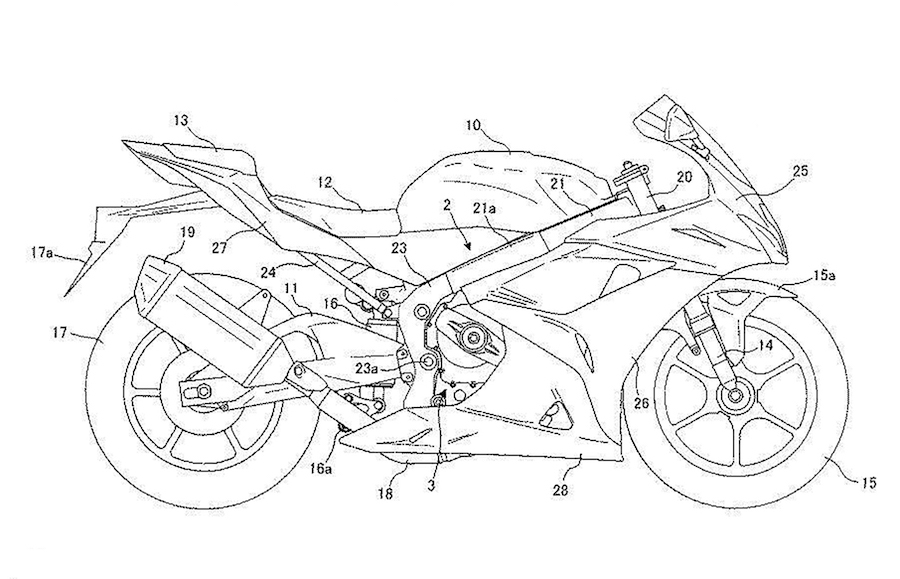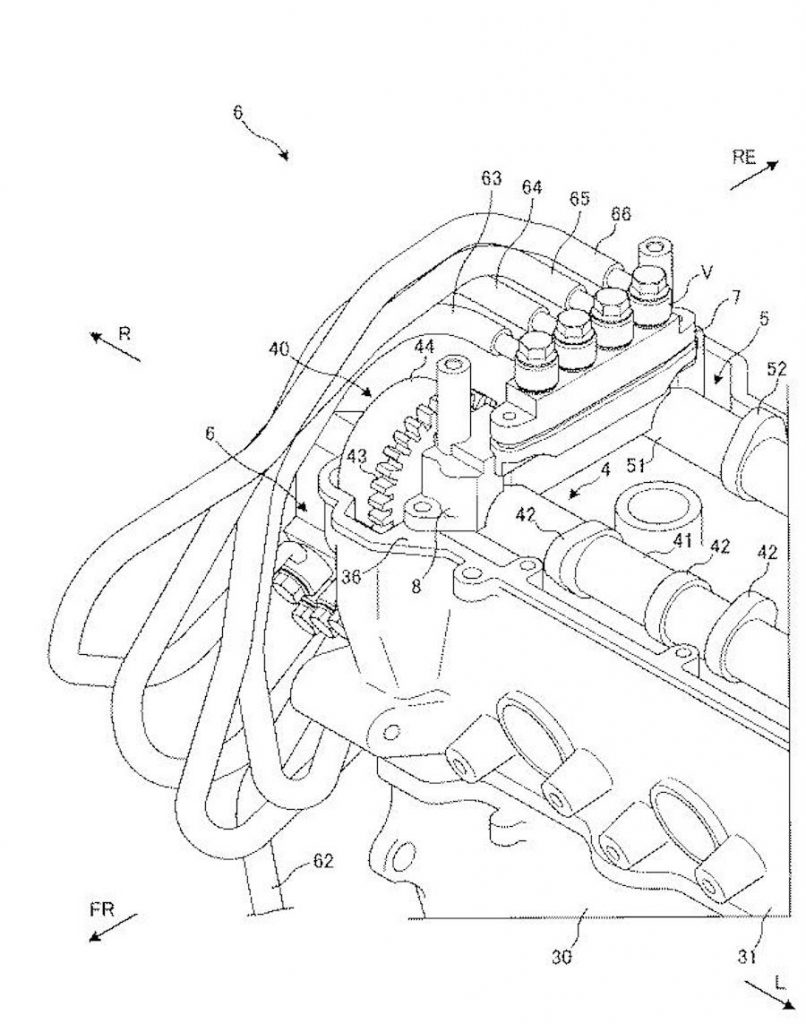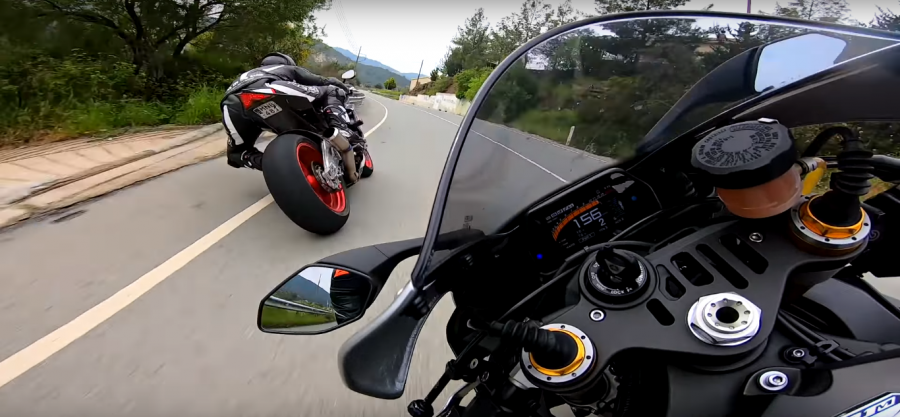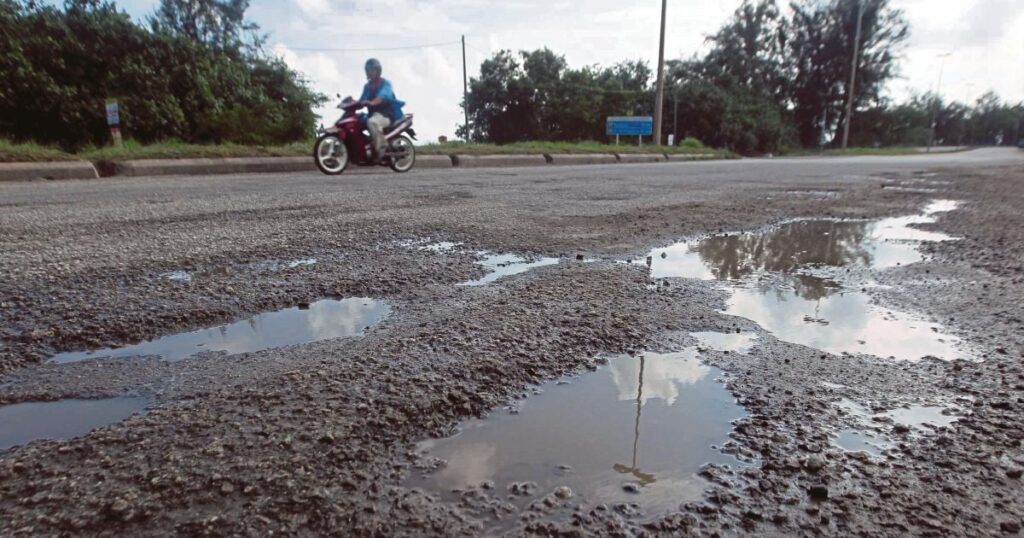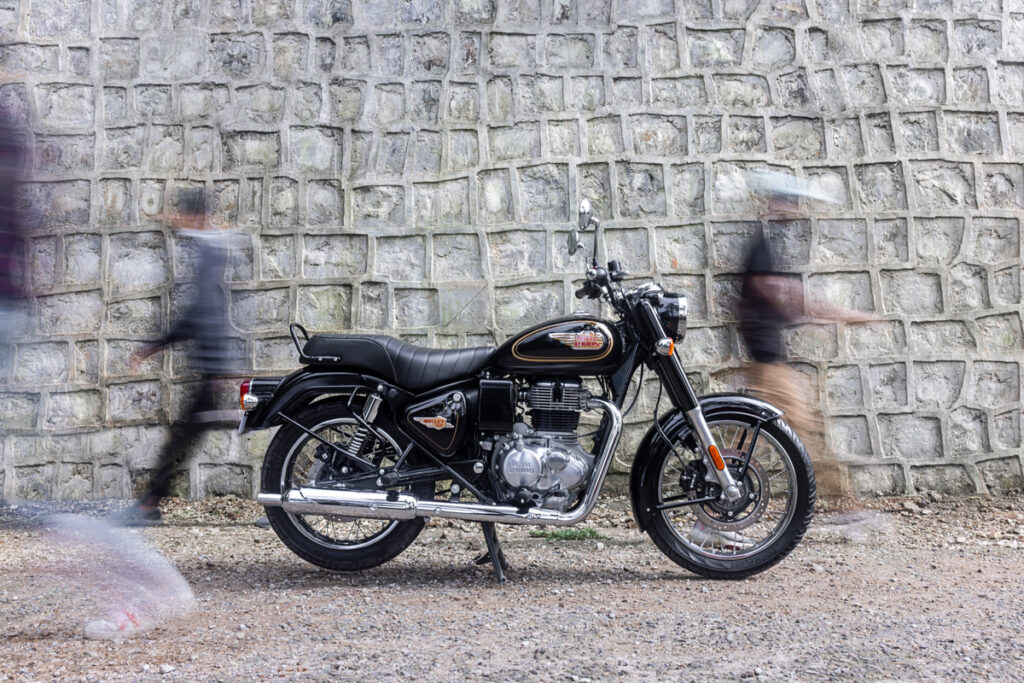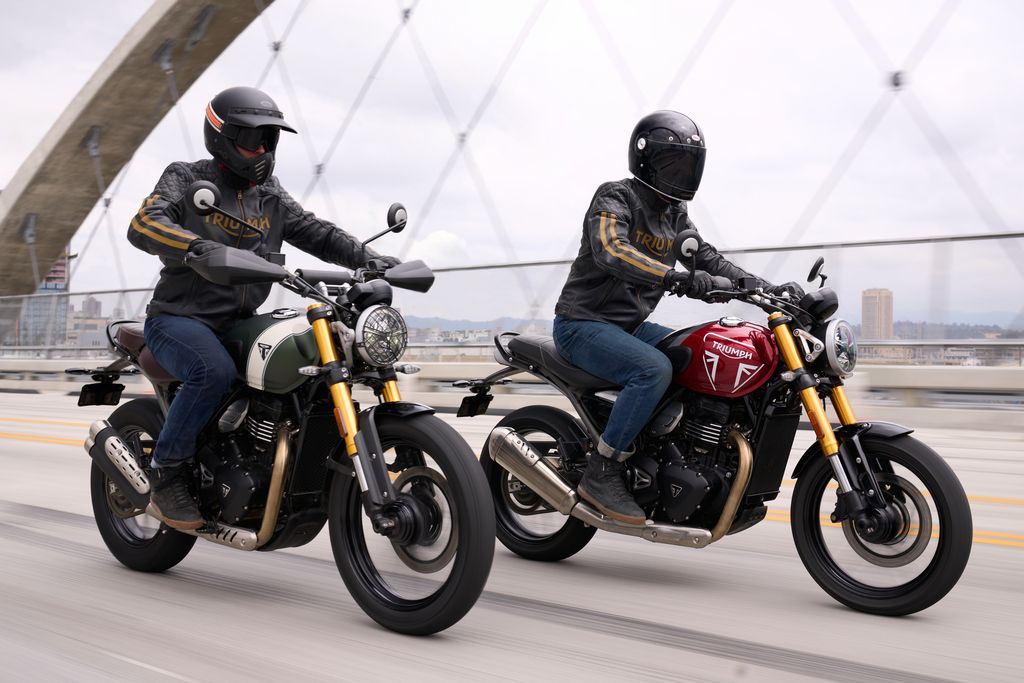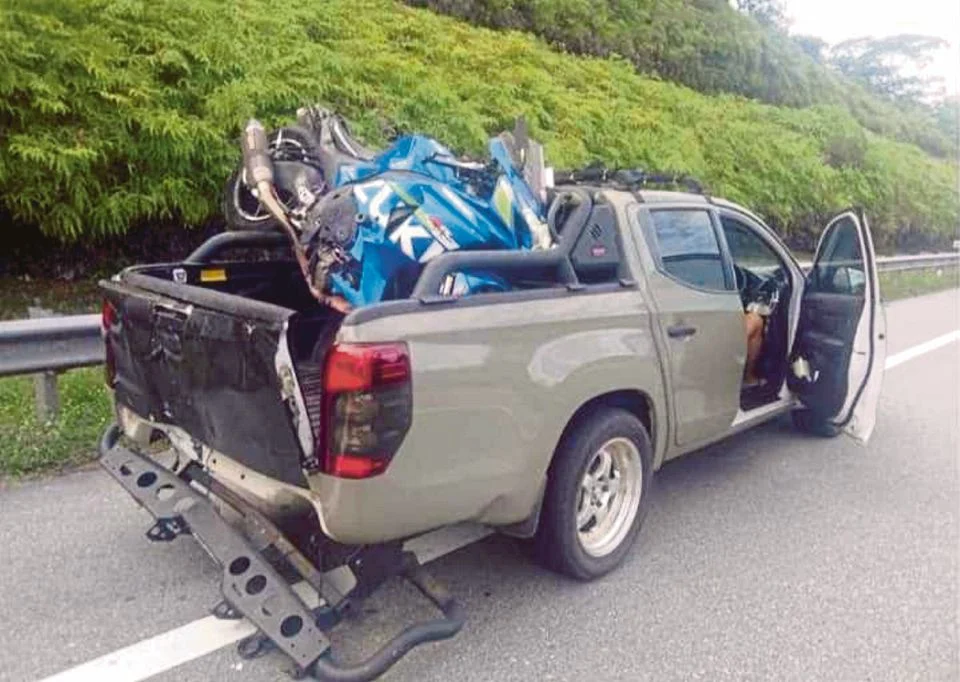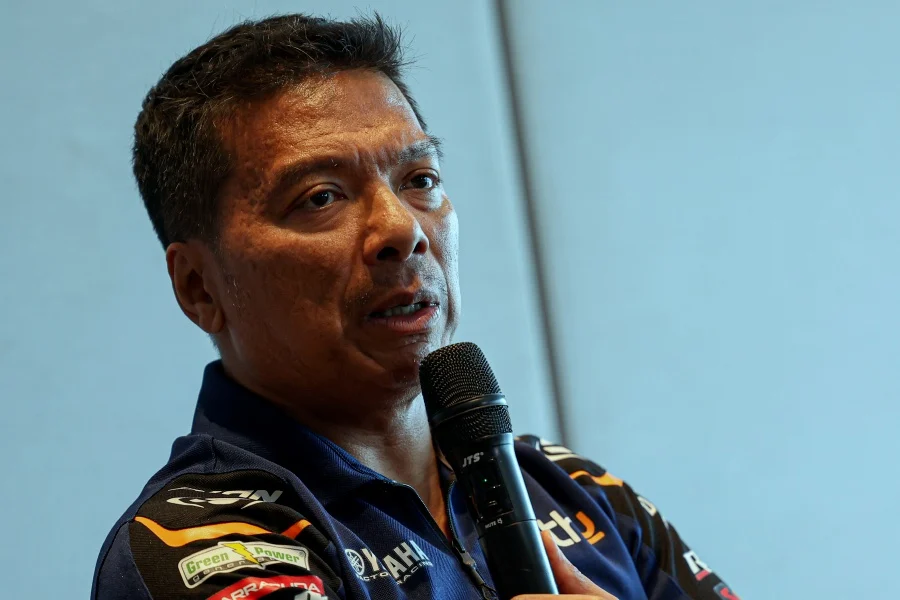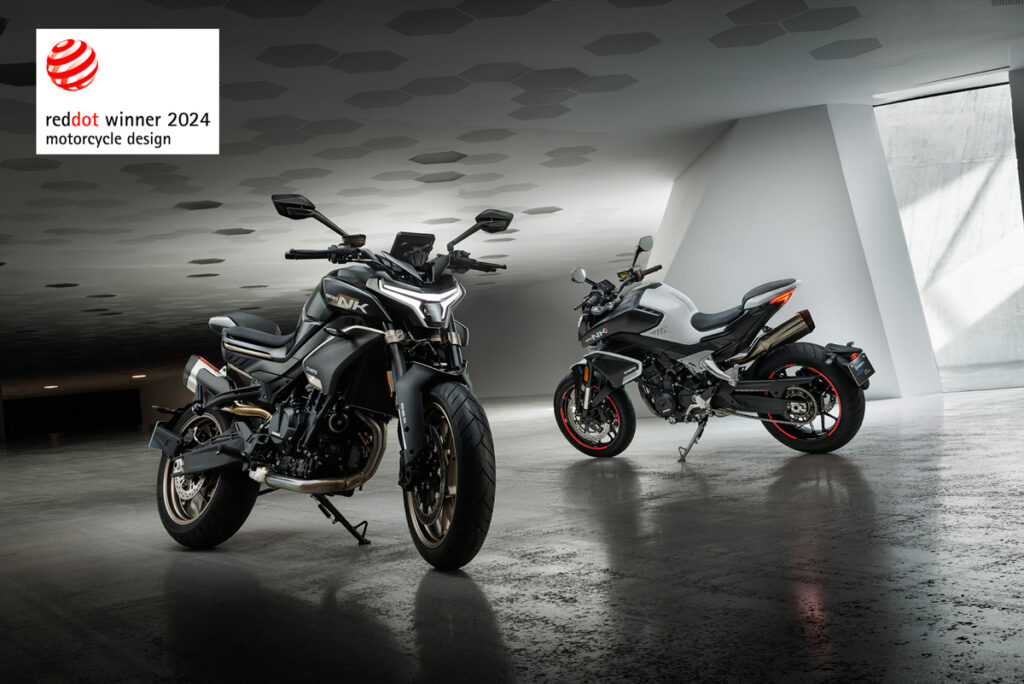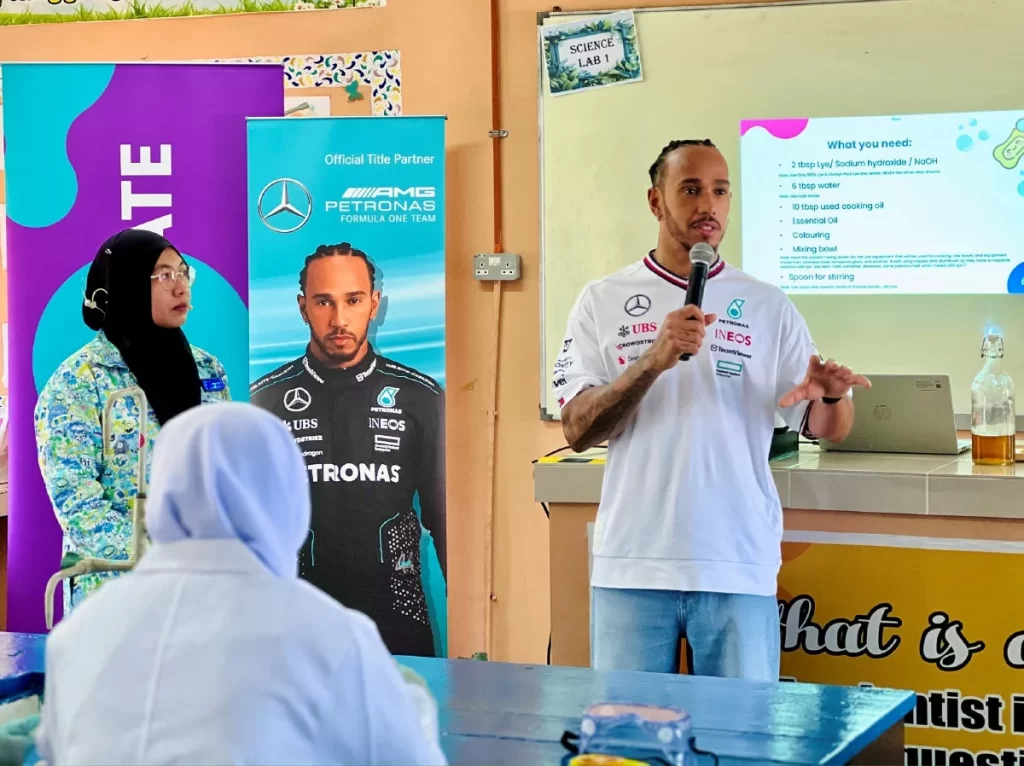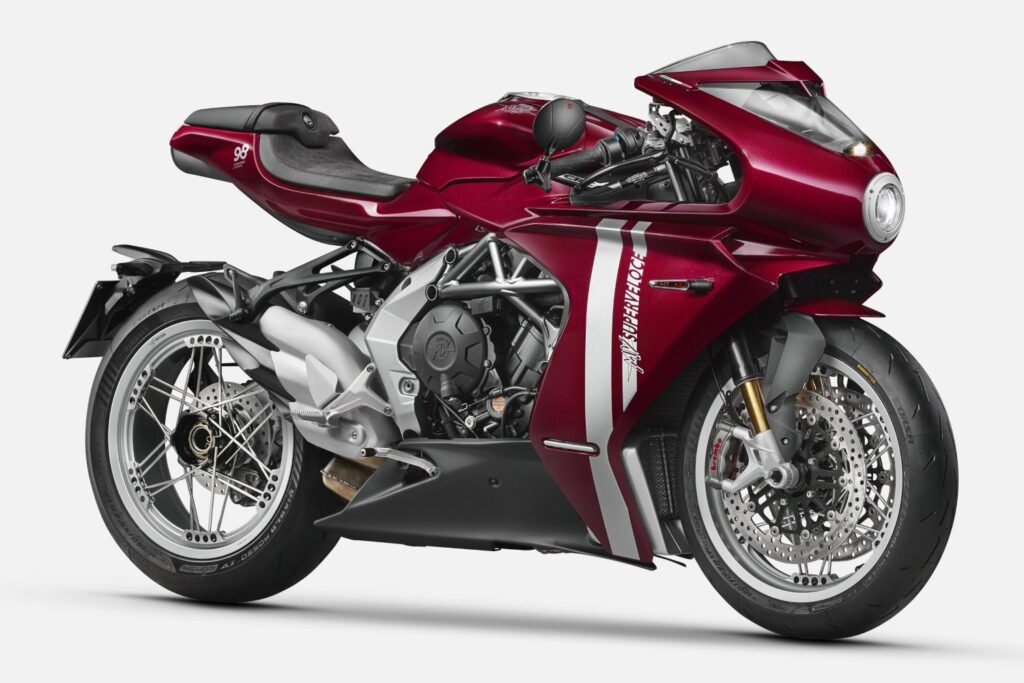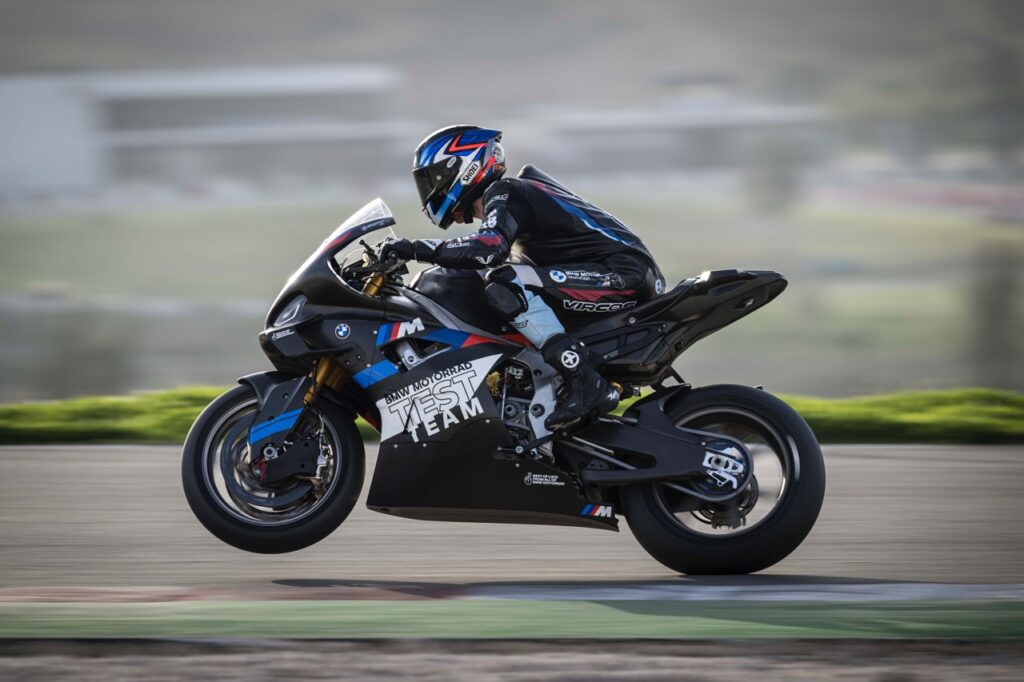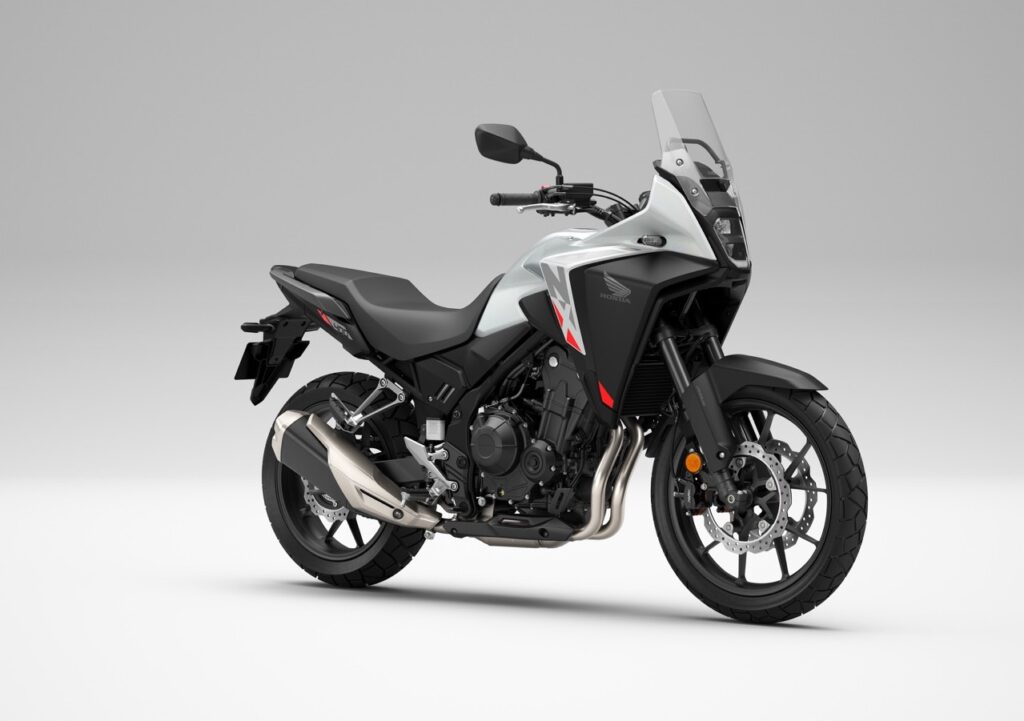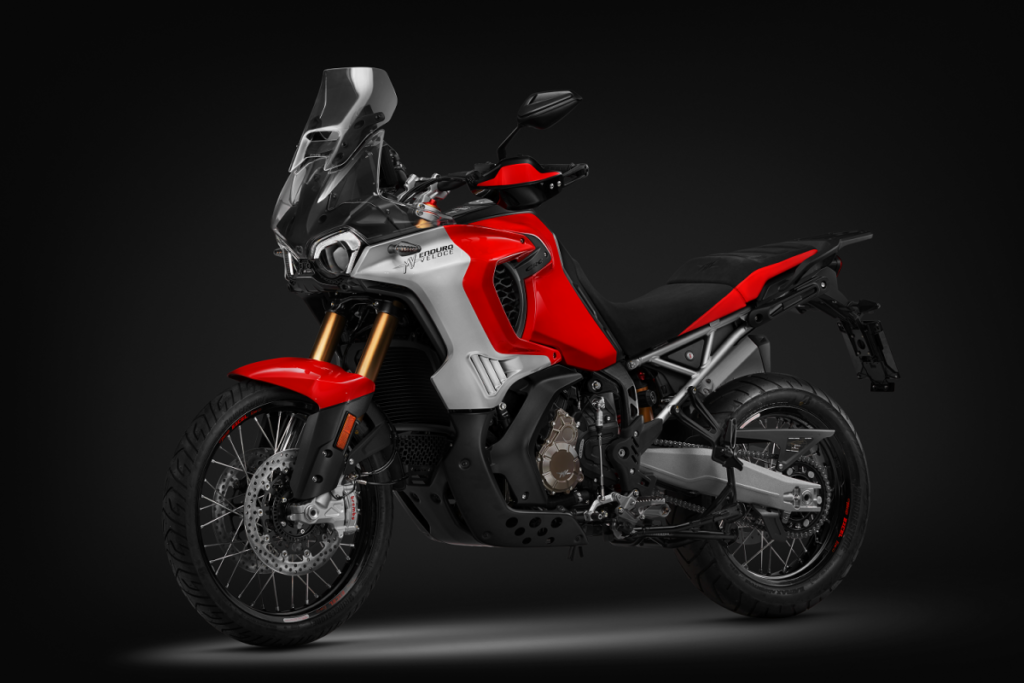-
Jonathan Rea and Kawasaki finally ended Alvaro Bautista and Ducati’s WorldSBK 2019 winning streak.
-
Rea won in Race 1 at the Imola circuit in Italy.
-
Bautista finished second after winning the first ten races of the year.
Four-time and reigning WorldSBK champion Jonathan Rea and his Kawasaki team ended Alvaro Bautista and Ducati’s winning streak in Race 1 at Imola, Italy.
Bautista and Ducati have scored a perfect ten out of ten races in five rounds prior. However, Rea proved the spoiler when Bautista tried to adapt to the tricky Imola circuit. It was the latter’s first race there. Rea had been strong throughout the practice sessions only to be pipped by Bautista’s teammate Chaz Davies in Superpole for pole position.
Come race day, Rea took the lead as soon as the lights went out, but passed by Davies soon after. It looked like the pair was going to resume their hard battles and rivalry through the last few seasons. Unfortunately, Davies’s bike encountered a problem and forced the Welshman to retire. In so doing, he handed second place to Bautista.
A battle soon erupted behind them.
Tom Sykes (BMW Motorrad WorldSBK Team) sat in third, while Michael van der Mark (Pata Yamaha WorldSBK Team) fought up to 4thfrom 8thon the grid. Van der Mark’s teammate Alex Lowes followed in 5th, ahead of Rea’s teammate Leon Haslam. Independent rider Toprak Razgatlioglu (Turkish Purcetti Racing) moved in 7th.
At the front, Bautista had no answer to Rea’s pace. The Kawasaki man began to pull away at 0.7s per lap.
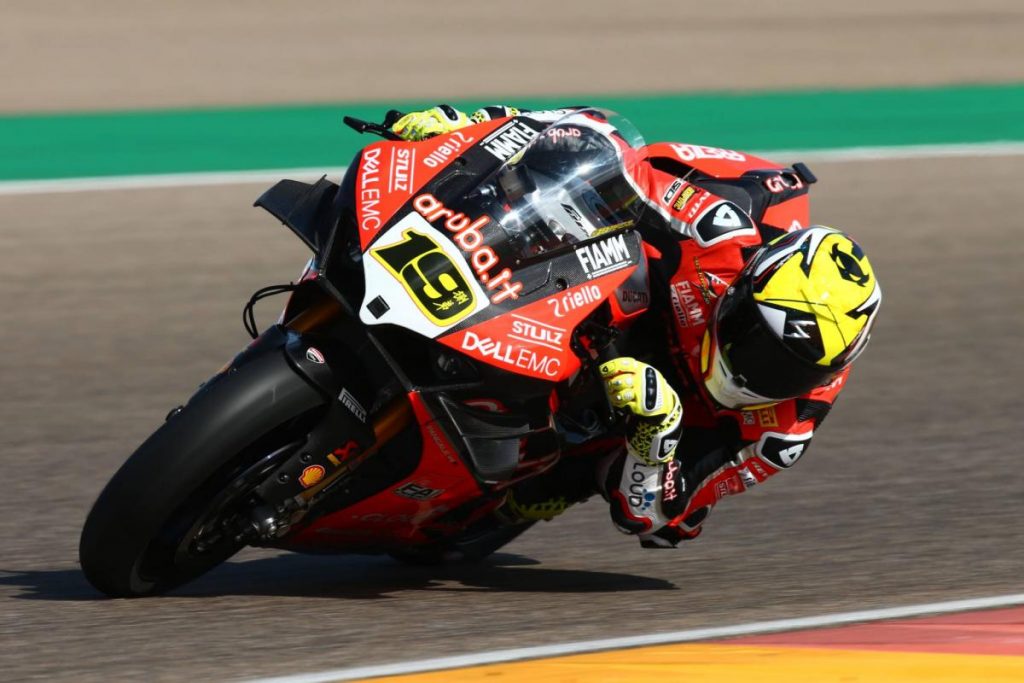
On a day of seeing front runners suffering bike problems, Tom Sykes’s BMW started to slow and eventually retired. At the same time, Lowes started to slip backwards.
With the final position suddenly available, van der Mark and Razgatlioglu battled tooth and nail. The pair swapped paint and traded blows on the penultimate lap to the stage of colliding twice. But it was the Turkish rider Razgatlioglu who presevered to cross the line in 3rd.
There was no problem for Rea, conversely. It was his eighth win at the track and 72ndin WorldSBK. It was Kawsaki’s 128thwin in the series.
Race 2 continues today at 8pm Malaysian local time.
Final results after Race 1:
- Jonathan Rea (Kawasaki Racing Team WorldSBK)
- Alvaro Bautista (ARUBA.IT Racing – Ducati)
- Toprak Razgatlioglu (Turkish Puccetti Racing)
- Michael van der Mark (Pata Yamaha WorldSBK Team)
- Leon Haslam (Kawasaki Racing Team WorldSBK)
- Marco Melandri (GRT Yamaha WorldSBK)


